Why you can trust Tom's Hardware
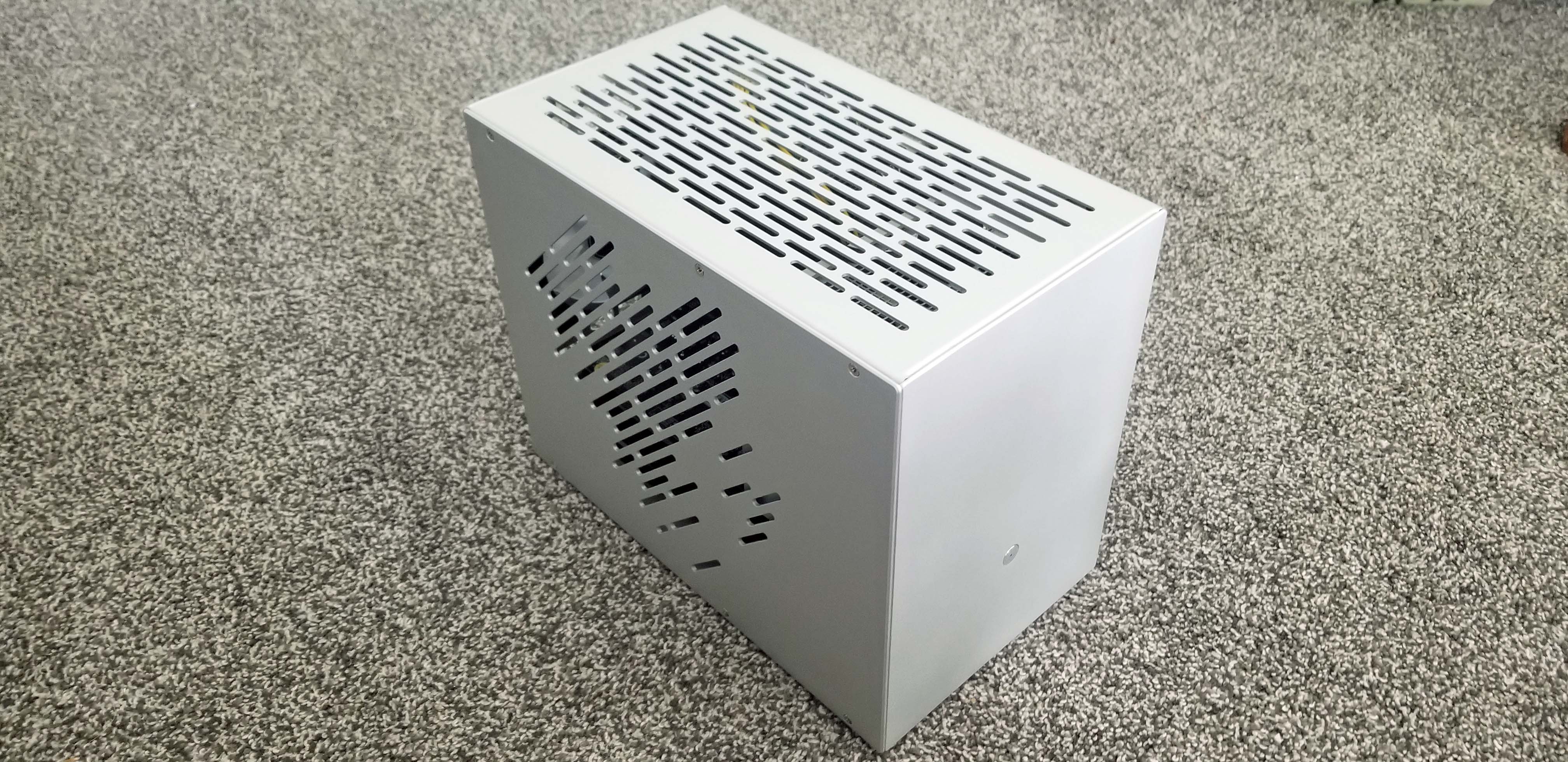
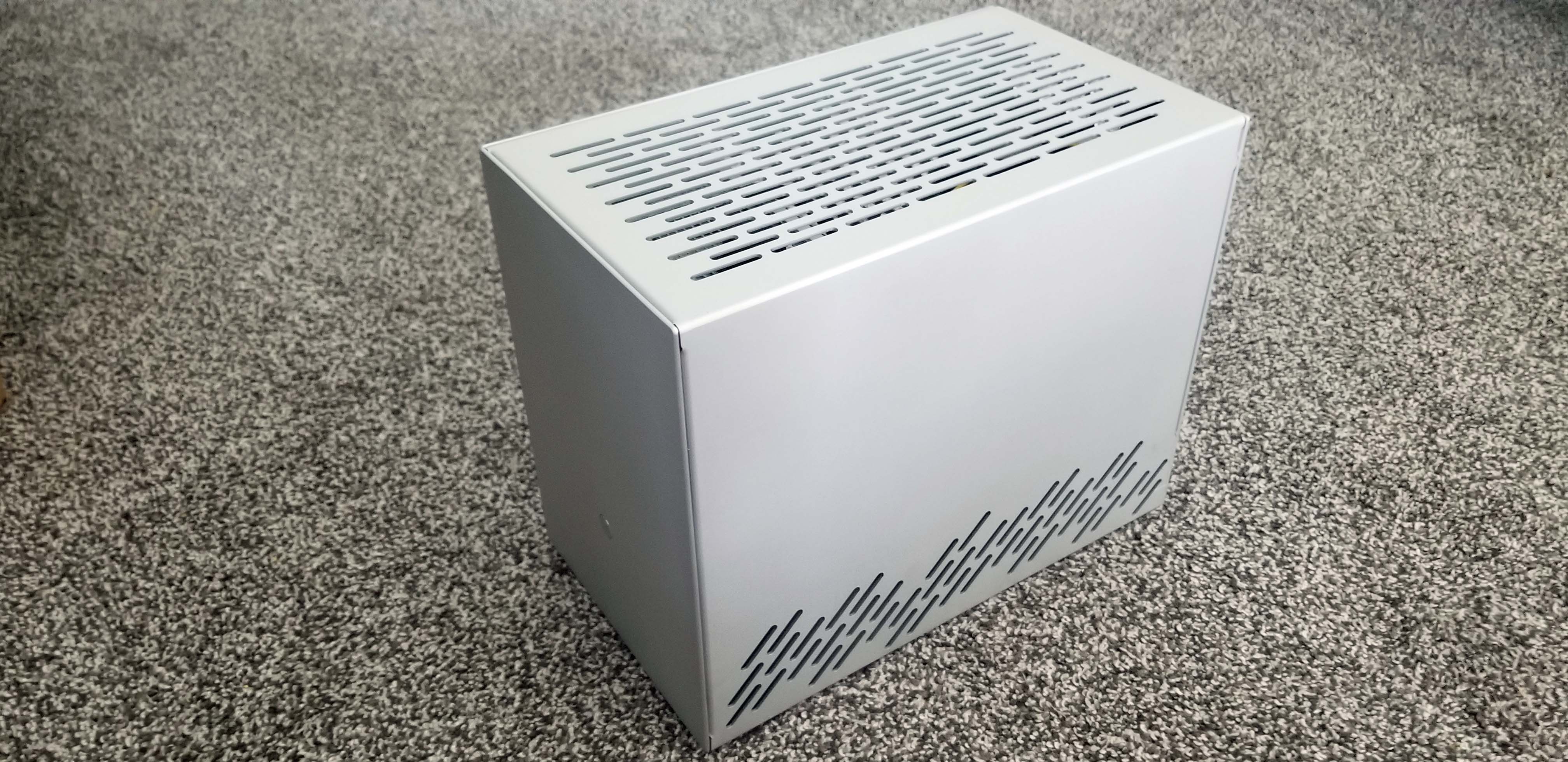
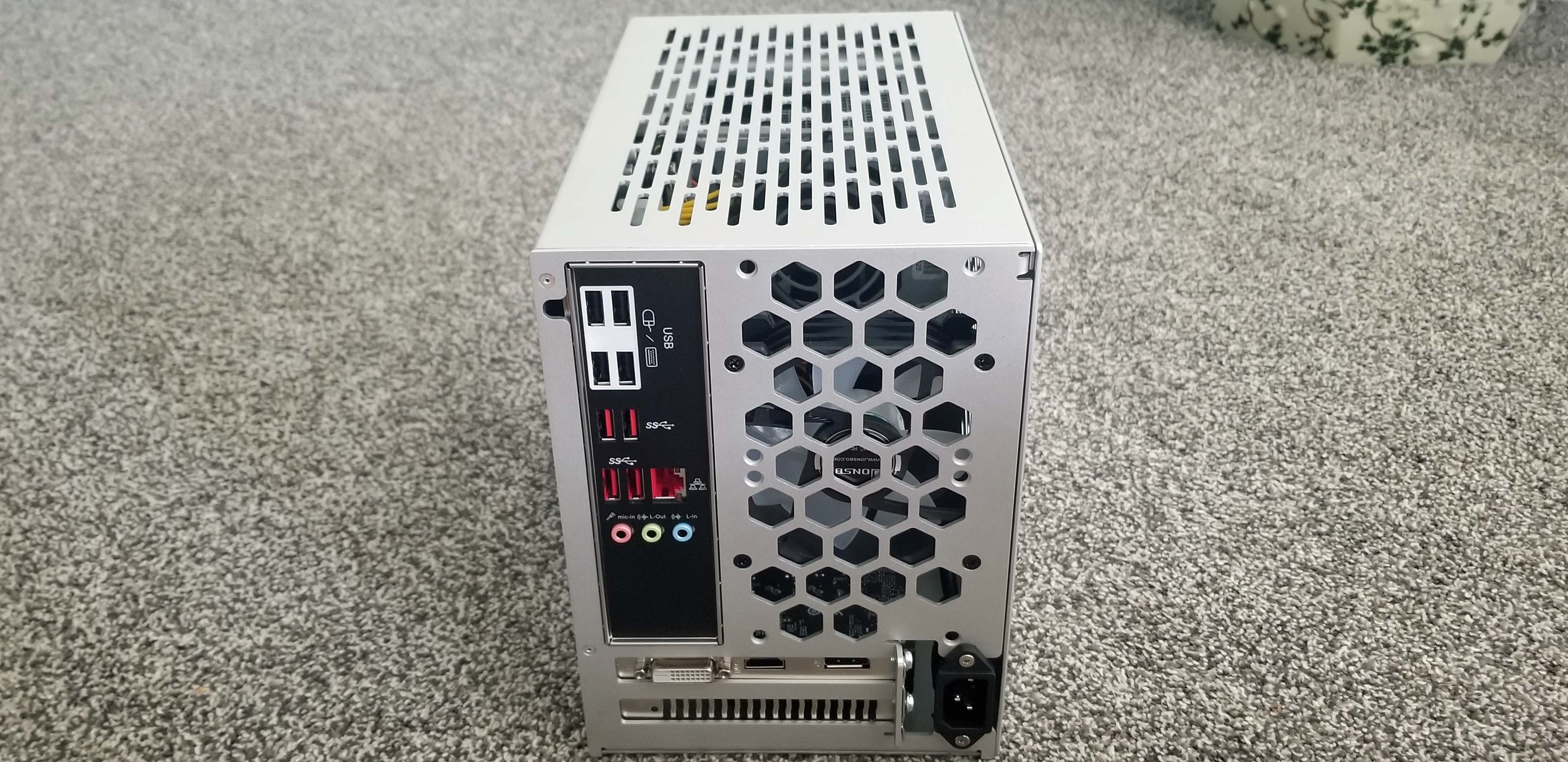
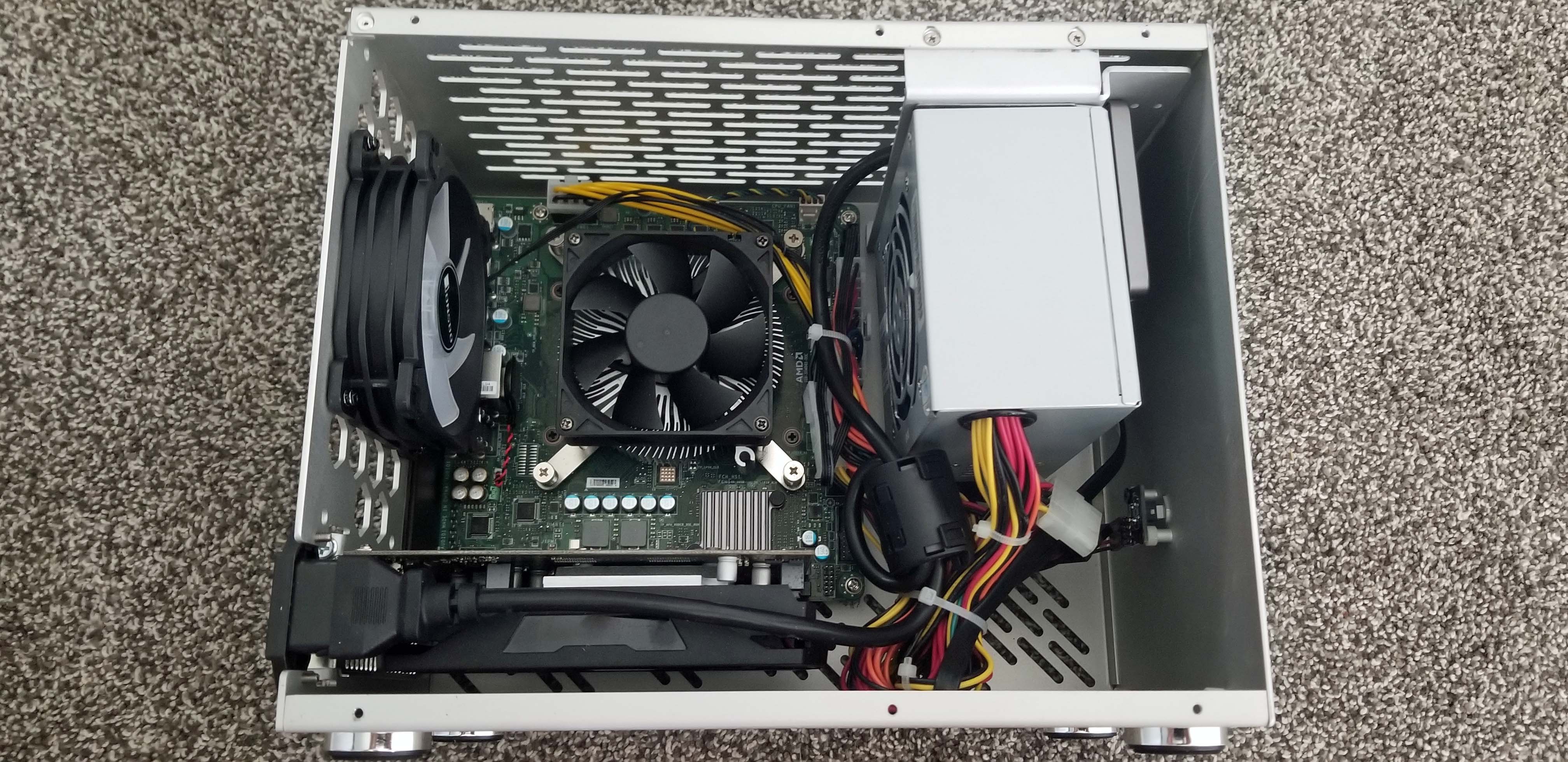
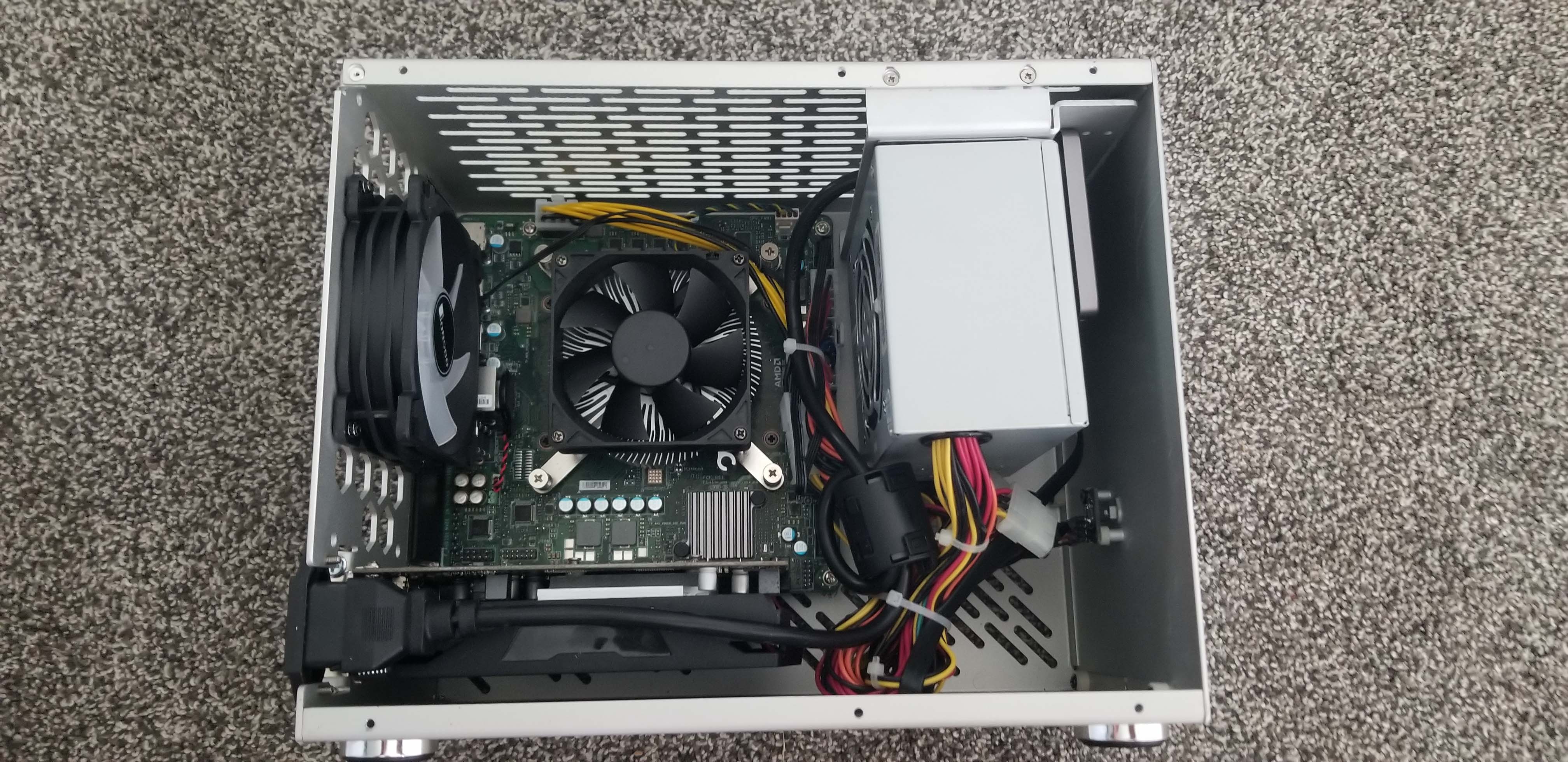
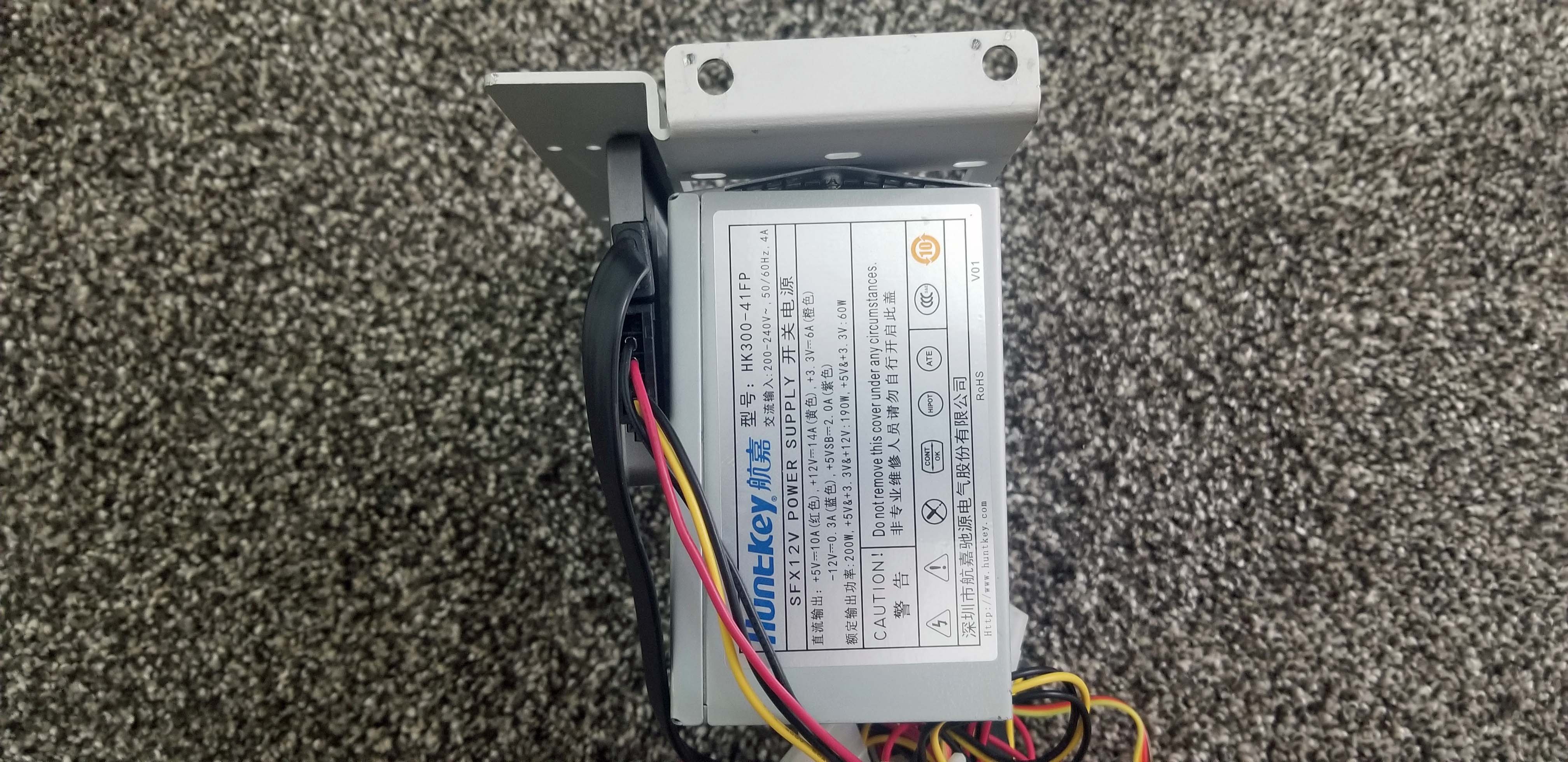
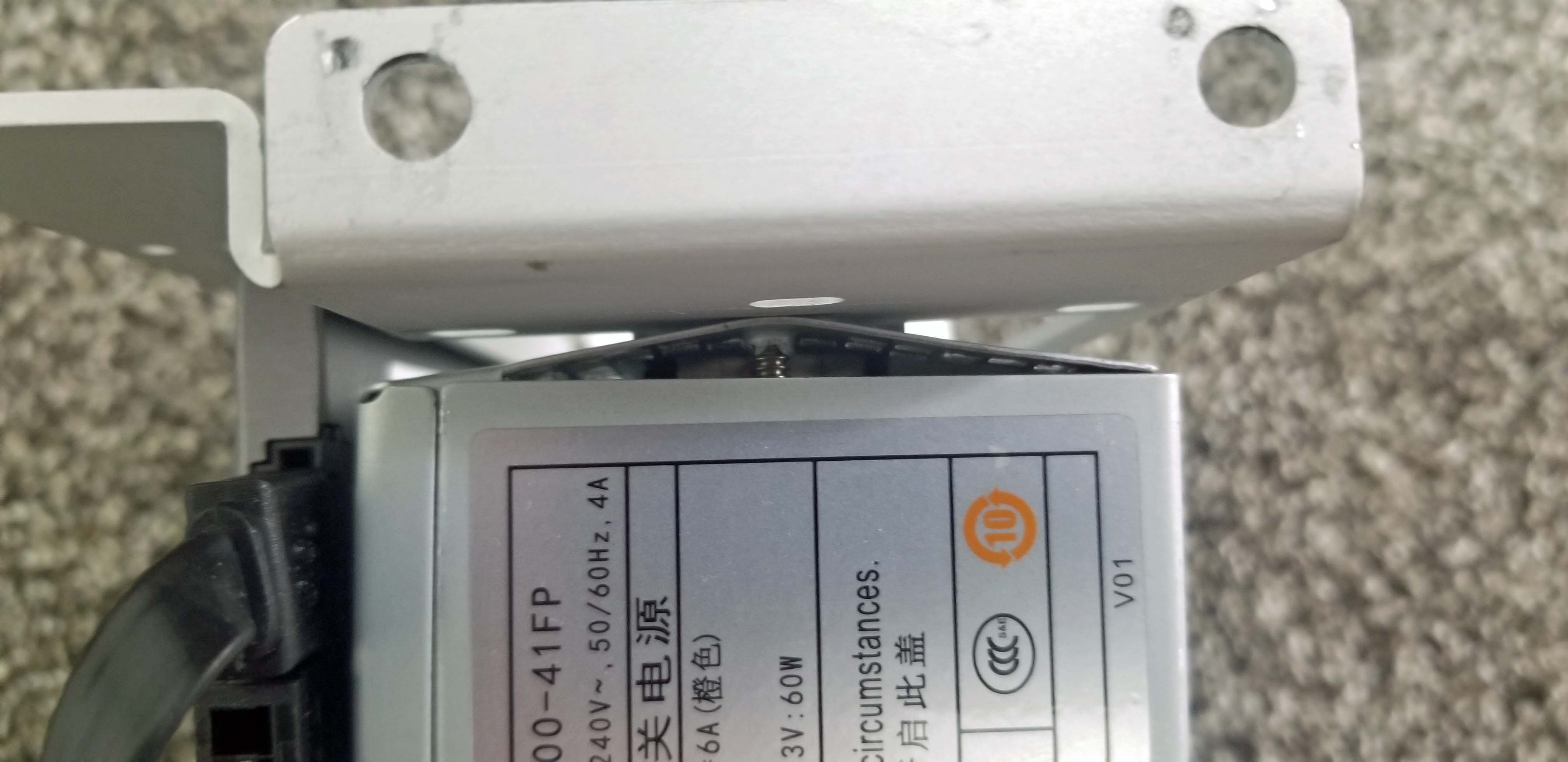
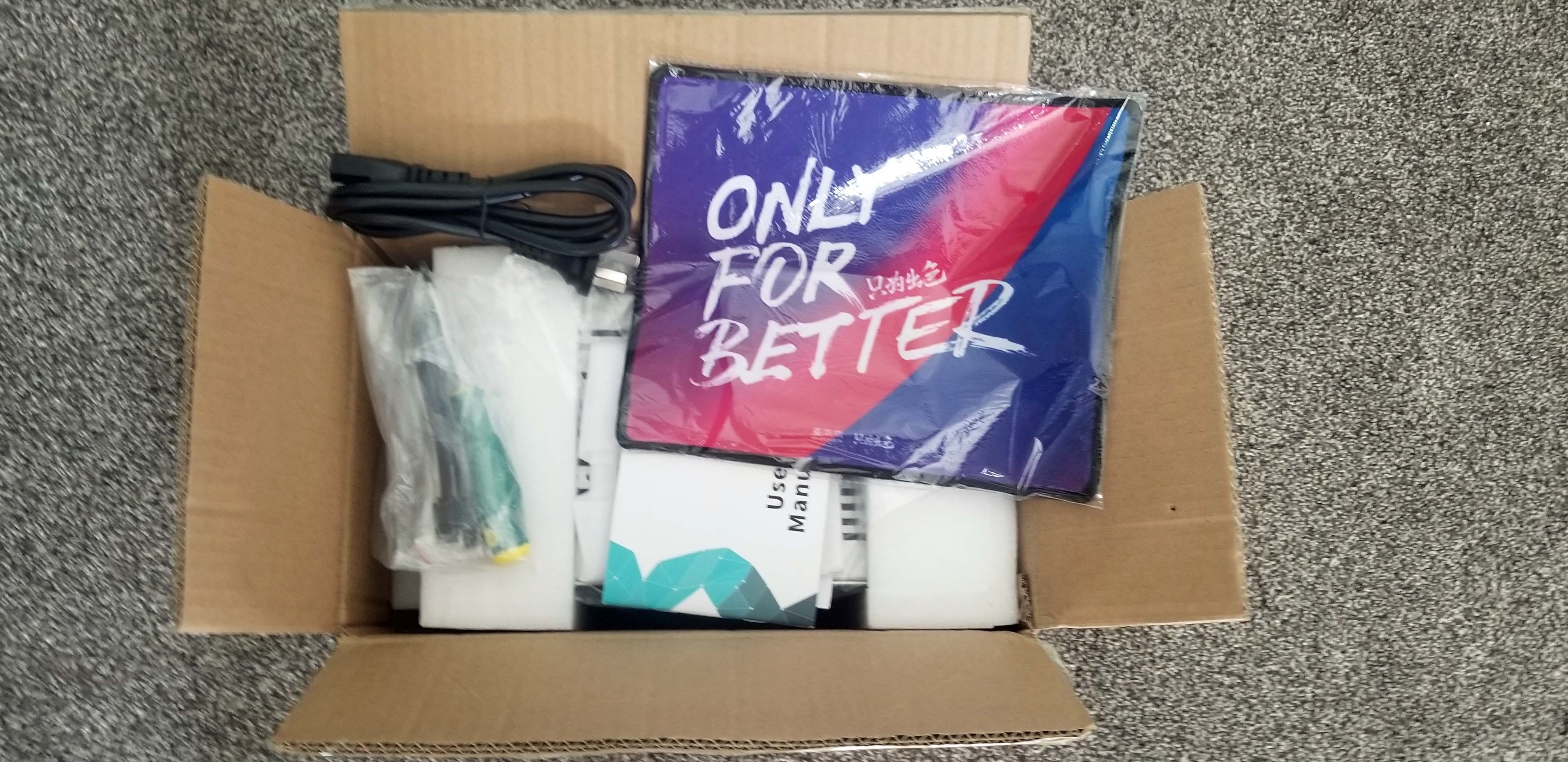
We purchased a full system built with the 4700S Desktop Kit with 16GB of GDDR6 through a Chinese retailer, so our MaiBenBen PC47 ITX system only represents a product from a single vendor. We paid roughly $700 USD for the full system, but you can find the standalone 4700S Desktop Kit for roughly $450 USD in Europe.
The PC47's shell is made of a sturdily-thick aluminum and has a multitude of slots for airflow, though only a single 80mm fan exhausts air from the rear — there isn't an intake fan. We didn't spend much time testing the system in this enclosure, as it isn't intended to be sold outside of China. Besides, we're more interested in the 4700S.
Inside we found a tightly-packed chassis with a PowerColor Red Dragon Radeon 550 GPU, 256GB Dahua C800 Series SATA SSD, and a 200W HuntKey SFX12V power supply (HK300-41FP). Because the system isn't intended for sale in the US (we used a courier service), we disassembled the system before the first power-on.
As you can see in the last few images in the album above, the inward-facing side of the power supply was damaged from an overly long screw that should hold it snug to the mounting bracket. Instead, the screw collided with the power supply's interior casing, causing it to bend. This damage was concealed from view, so we're lucky to have caught it. Needless to say, we didn't use the power supply for testing.
AMD recommends a minimum 250W power supply for the 4700S Desktop Kit but suggests 300W or greater. As such, this 200W power supply isn't fit for use. Instead, we pulled the AMD 4700S Desktop kit out of the chassis for testing and used our go-to EVGA 1600W T2 power supply. This is complete overkill, of course, but entirely removes the influence of power restrictions from our testing.
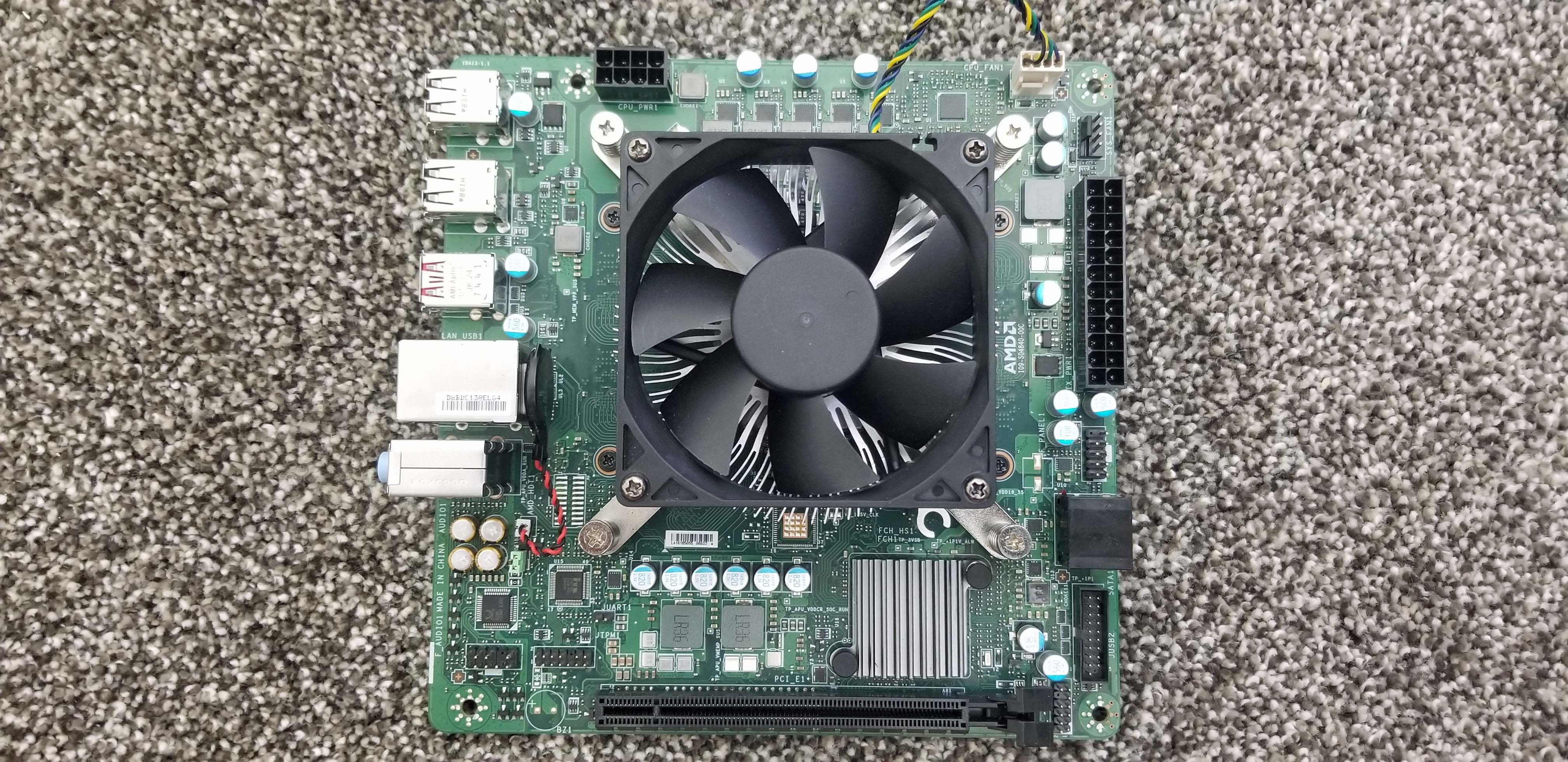
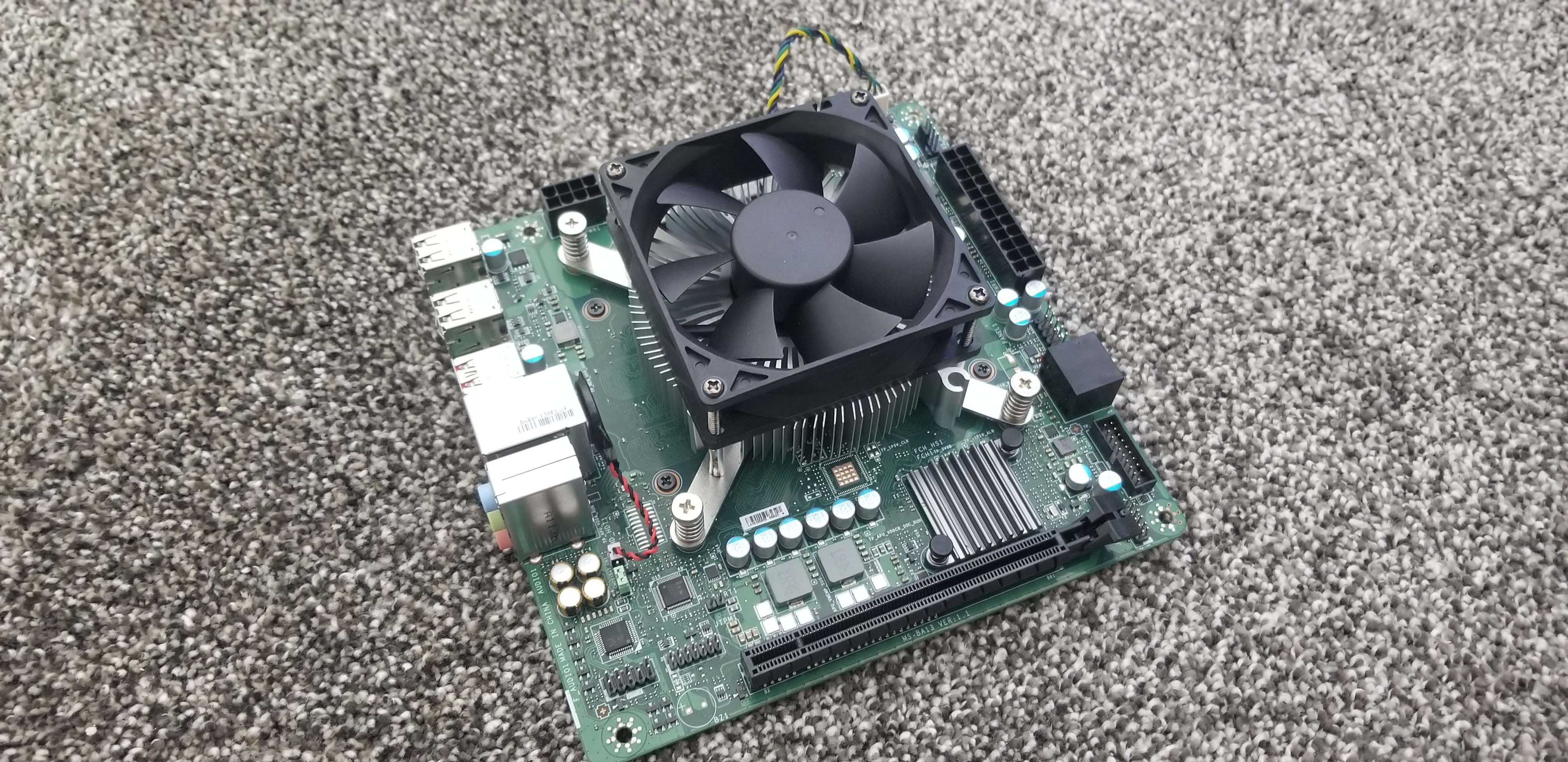
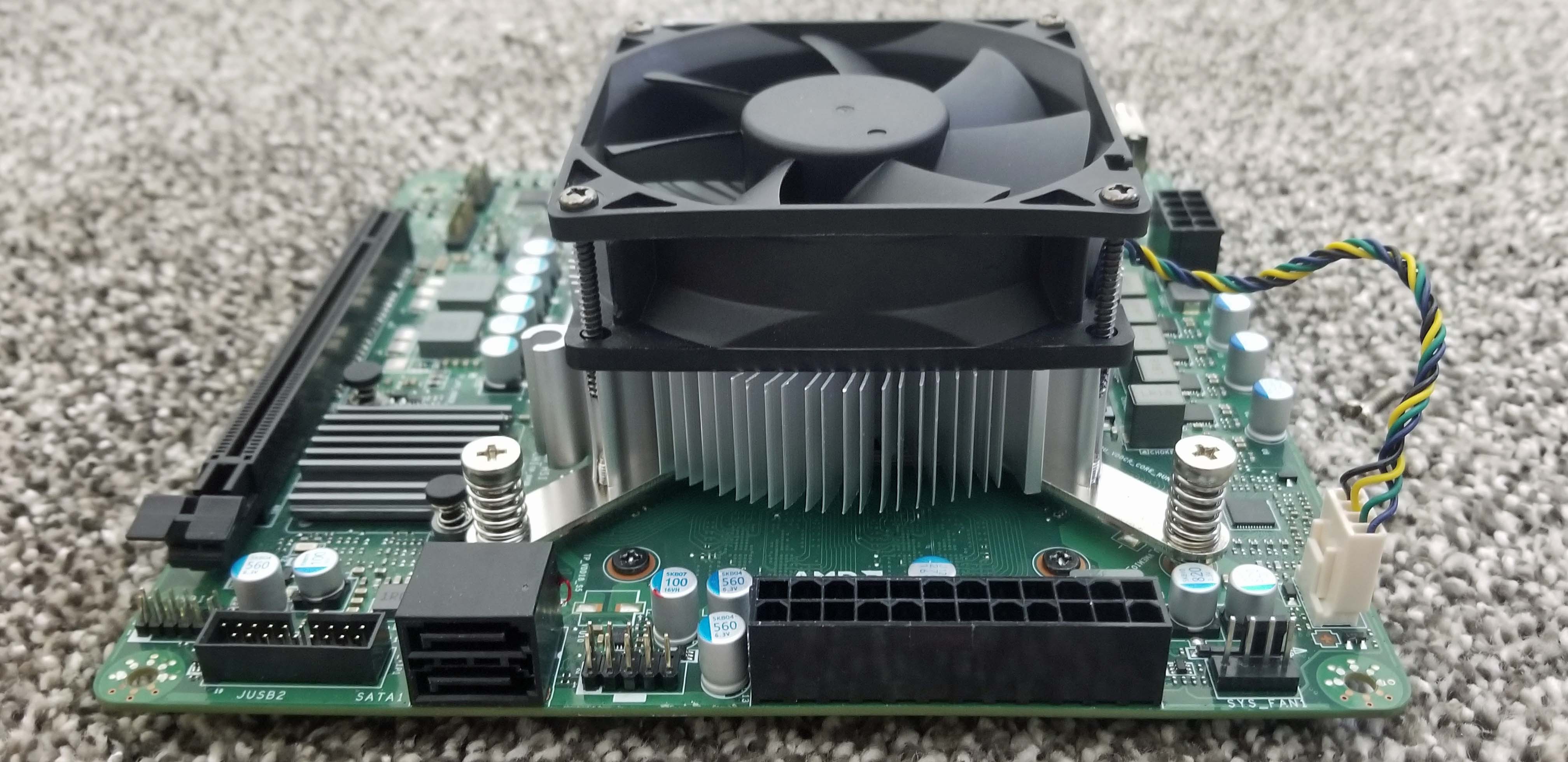
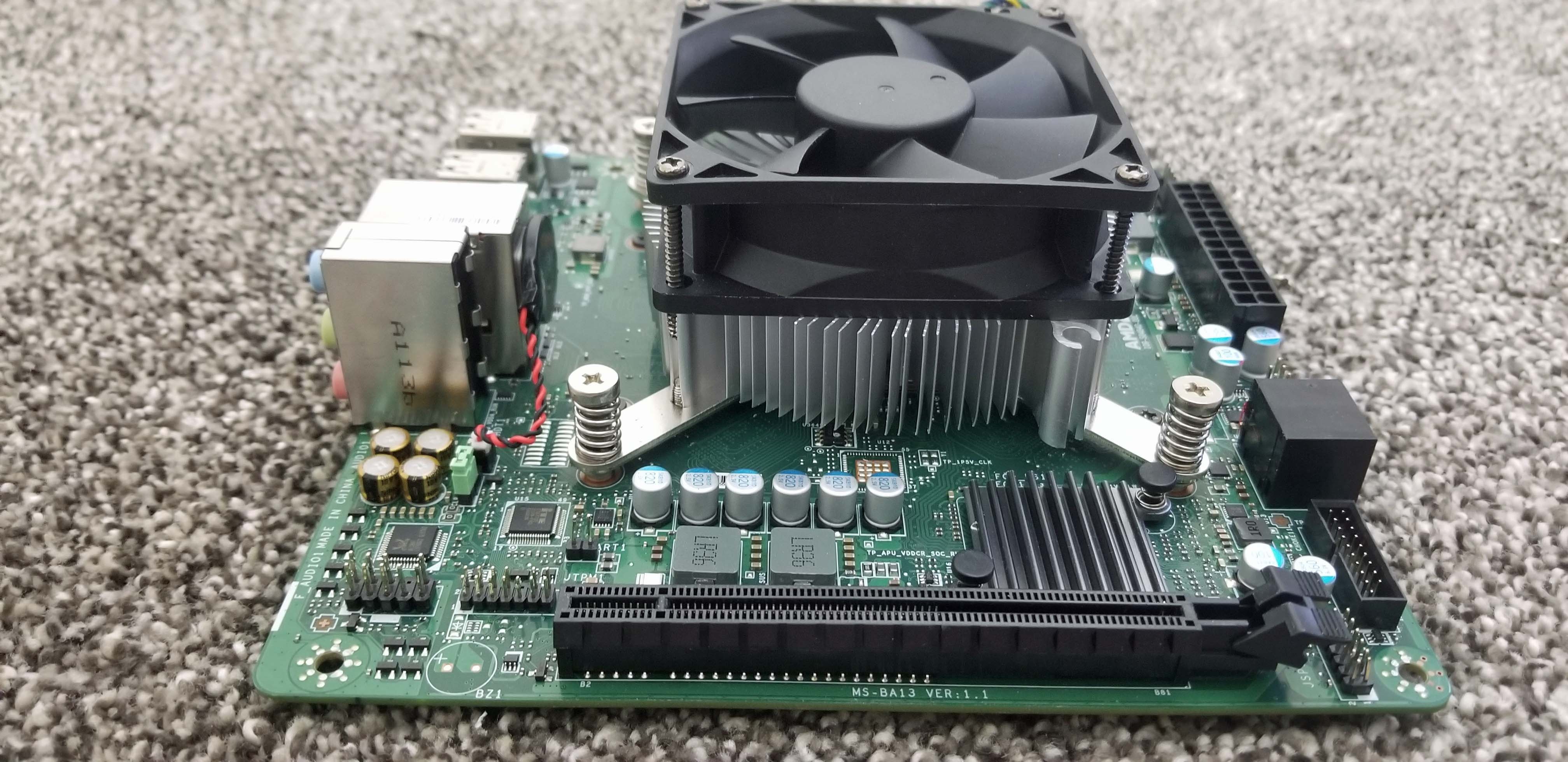
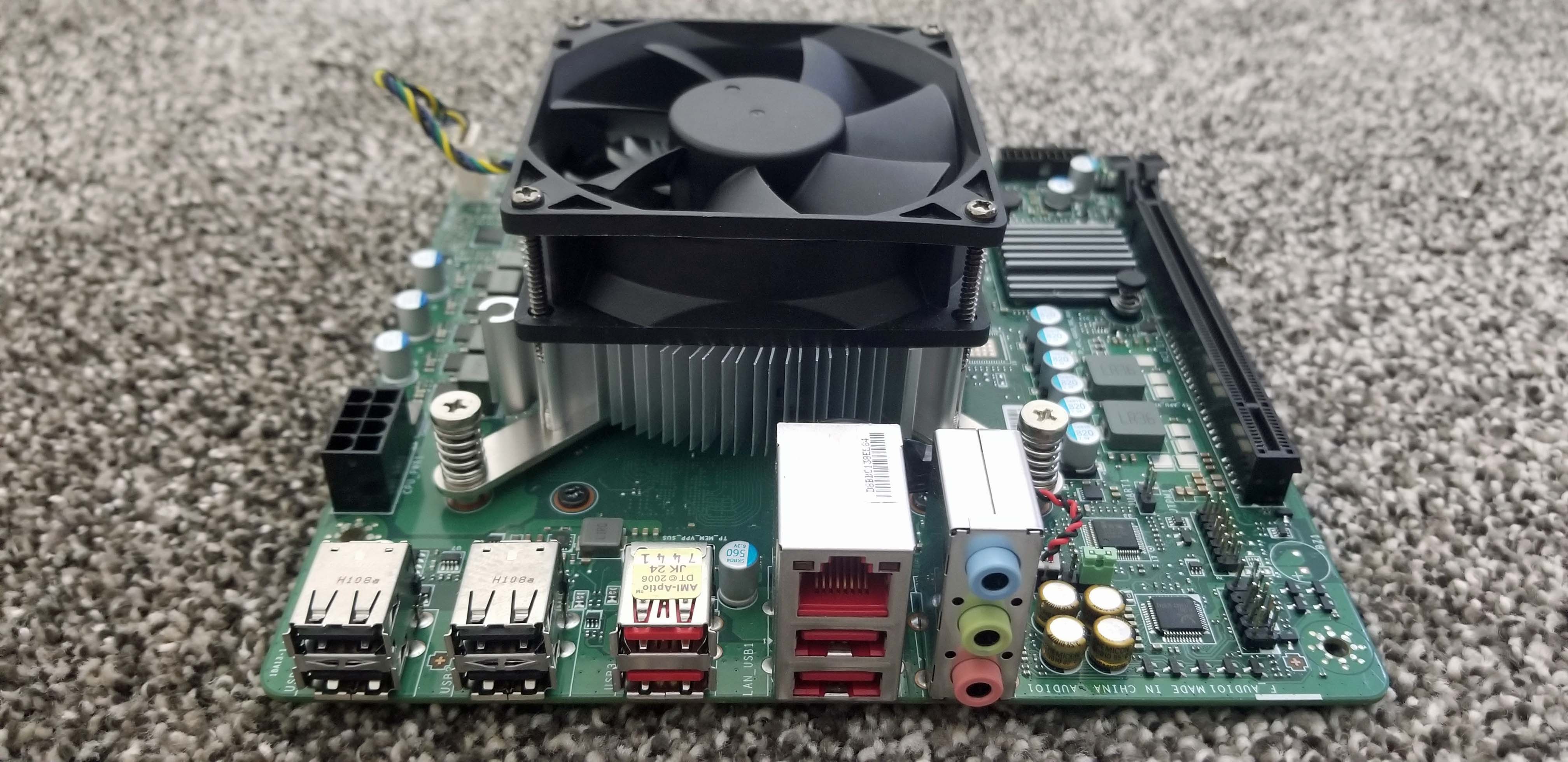
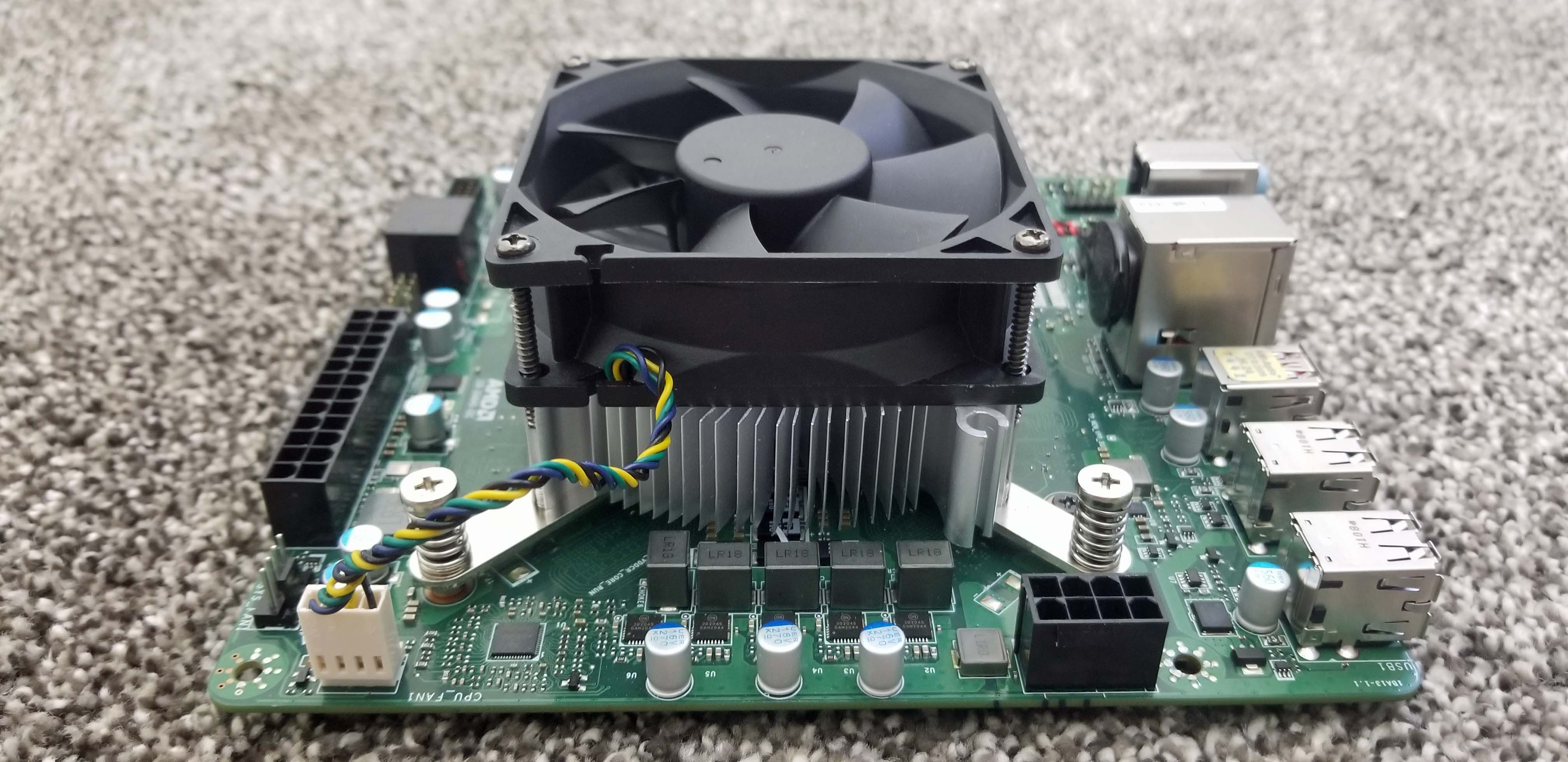
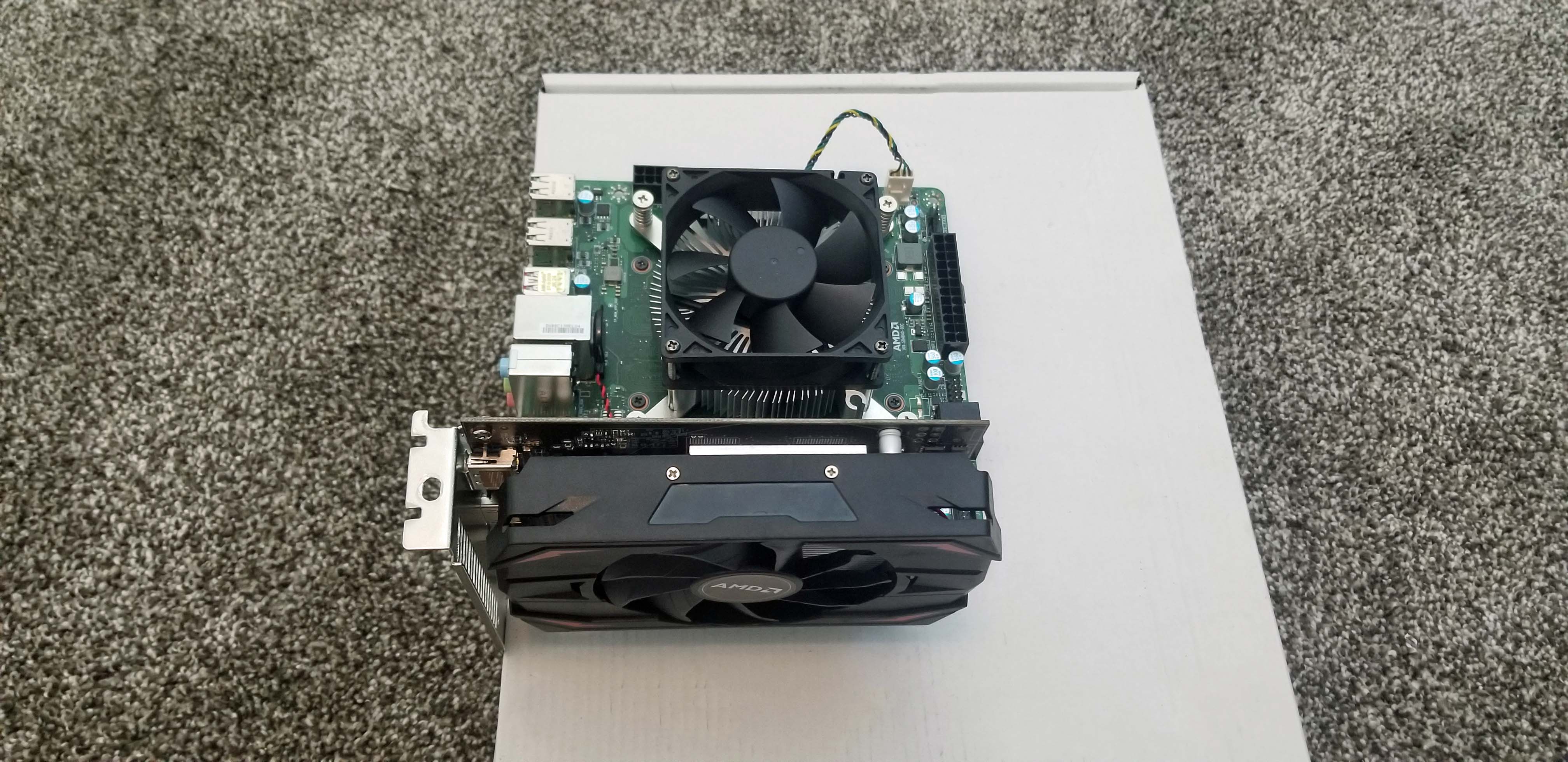
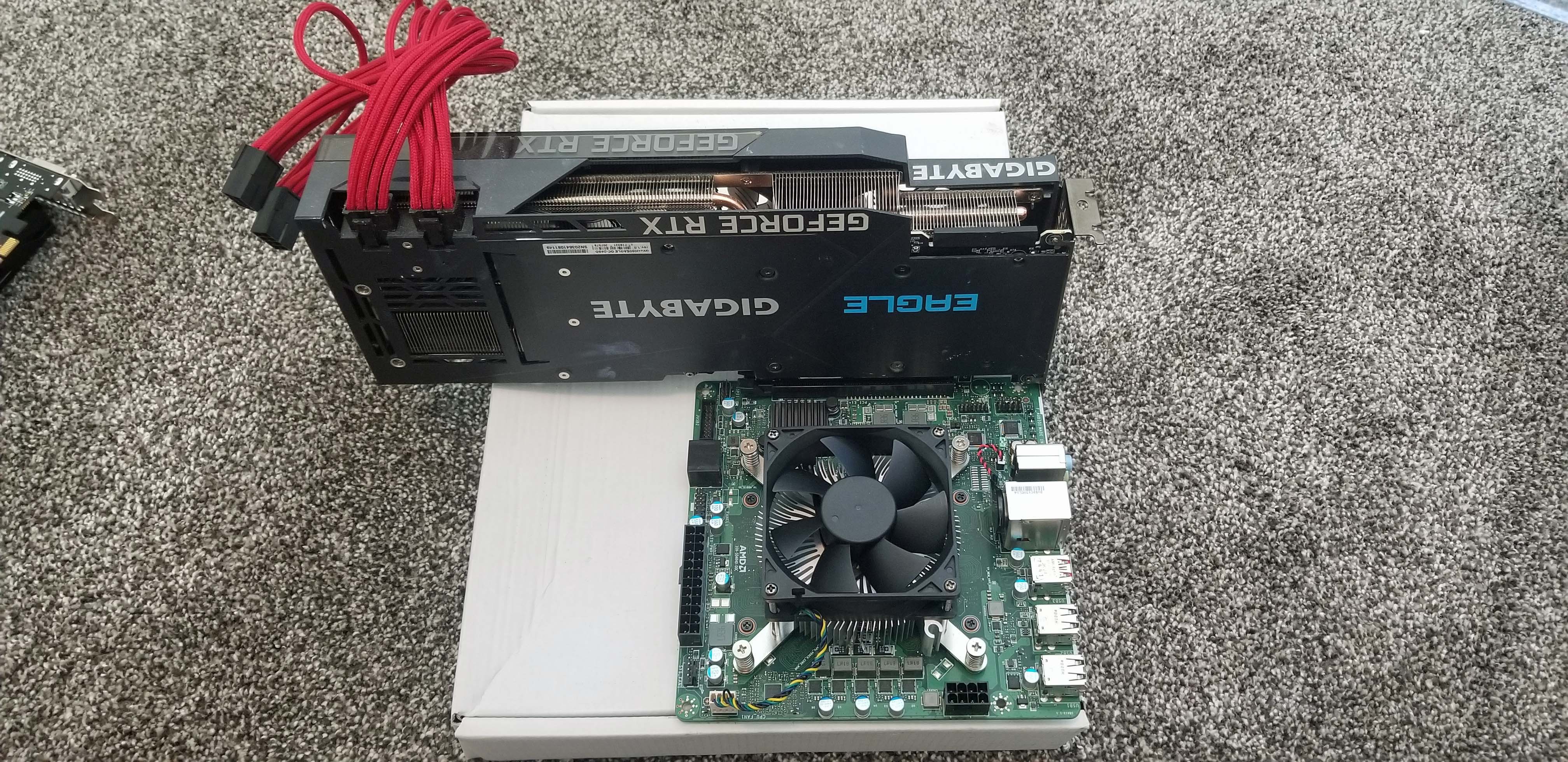
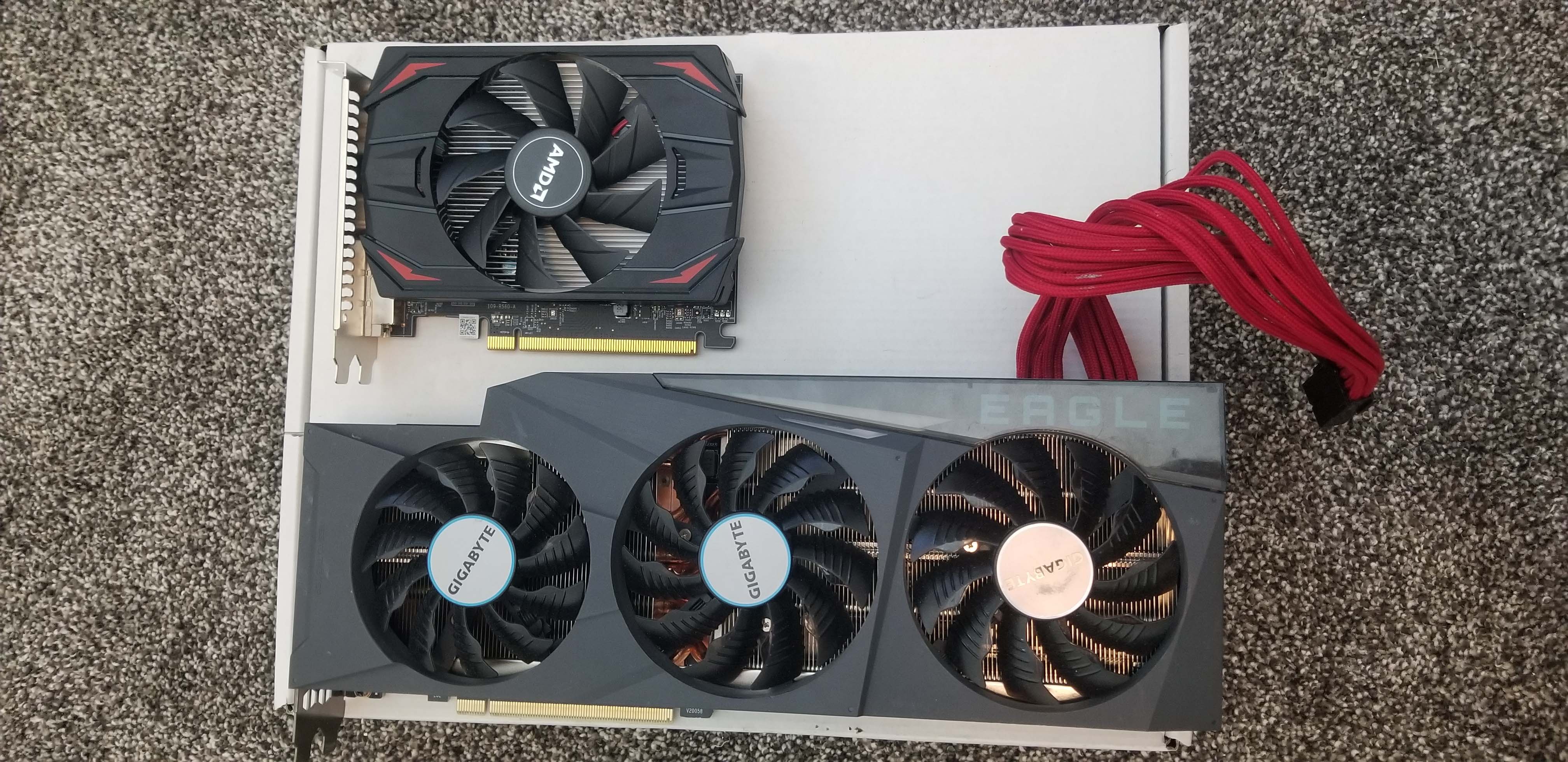
Here we can see the actual Mini-ITX motherboard that comprises the 4700S Desktop Kit. Connectivity is extremely limited, and that starts with the single PCIe 2.0 x4 connection that rides the side of the motherboard. Even though it accepts x16 cards, the x4 electrical connection provides a theoretical maximum of 2 GB/s of throughput, which will restrict performance with higher-end graphics cards. For example, the PCIe 3.0 x16 connection found on most motherboards tops out at 15.75 GB/s, while PCIe 4.0 x16 delivers 31.5 GB/s. Below, we'll show you how that looks in a throughput test with an RTX 3090.
The motherboard also has only two SATA 6GBps ports for storage devices, and you can't use the PCIe slot for an M.2 SSD carrier card — you're forced to populate the PCIe slot with a discrete GPU because the integrated graphics are disabled. As a result, your storage options are extremely limited.
Of course, you could use an external storage device across one of the three USB-A 3.1 (10 Gb/s), one USB-A 3.0 (5 Gb/s), or four USB-A 2.0 (480 Mb/s) ports on the rear I/O panel, but you'll have to compromise on throughput.
The rear of the board also has a Gigabit LAN port (Asix AX88179 controller) and three audio jacks (Realtek ALC897 codec). Interior connectivity options consist of one USB 3.2 Gen 1 connector, though you'll also find two fan headers (one for the CPU, one for a system fan).

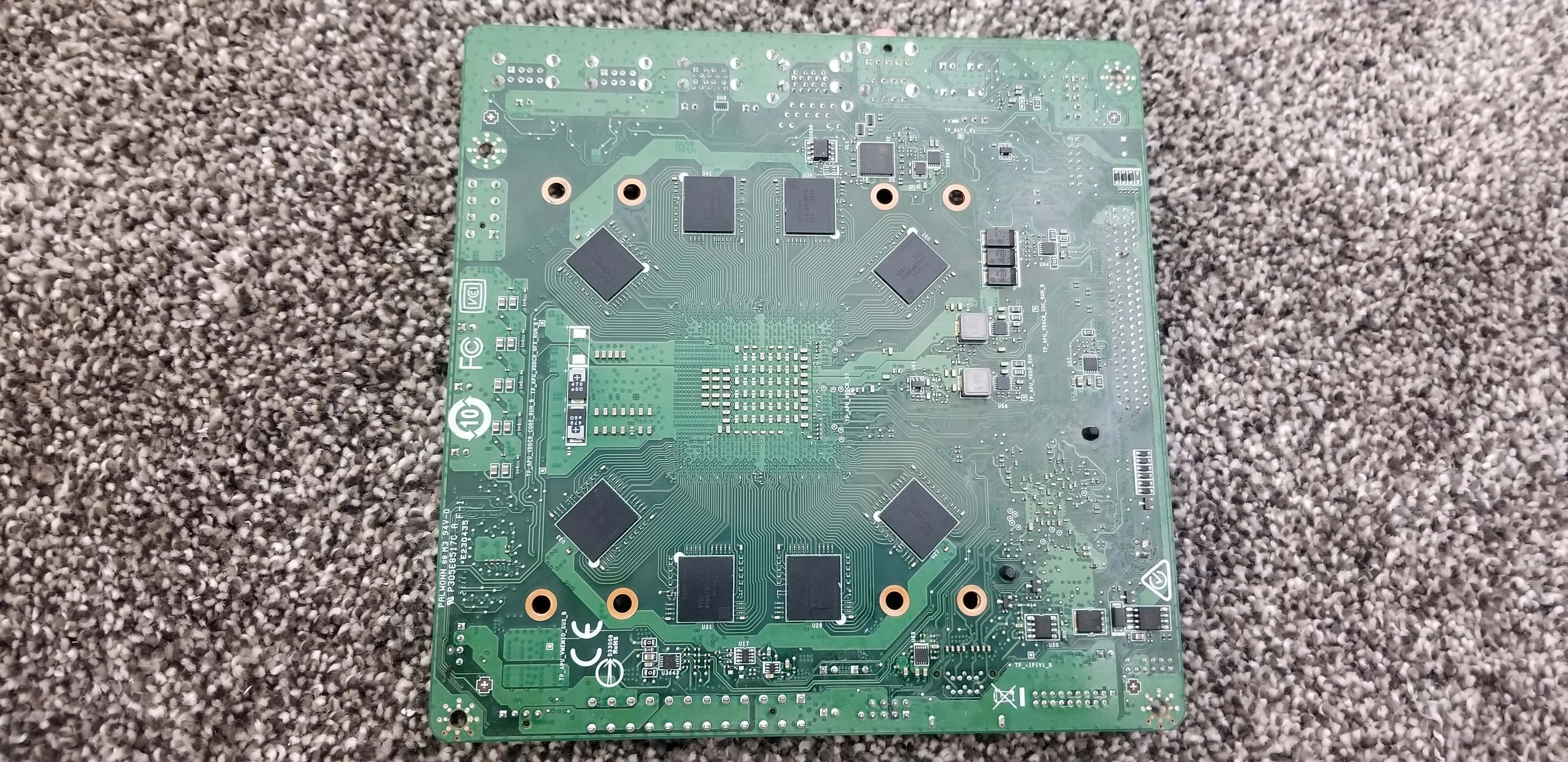
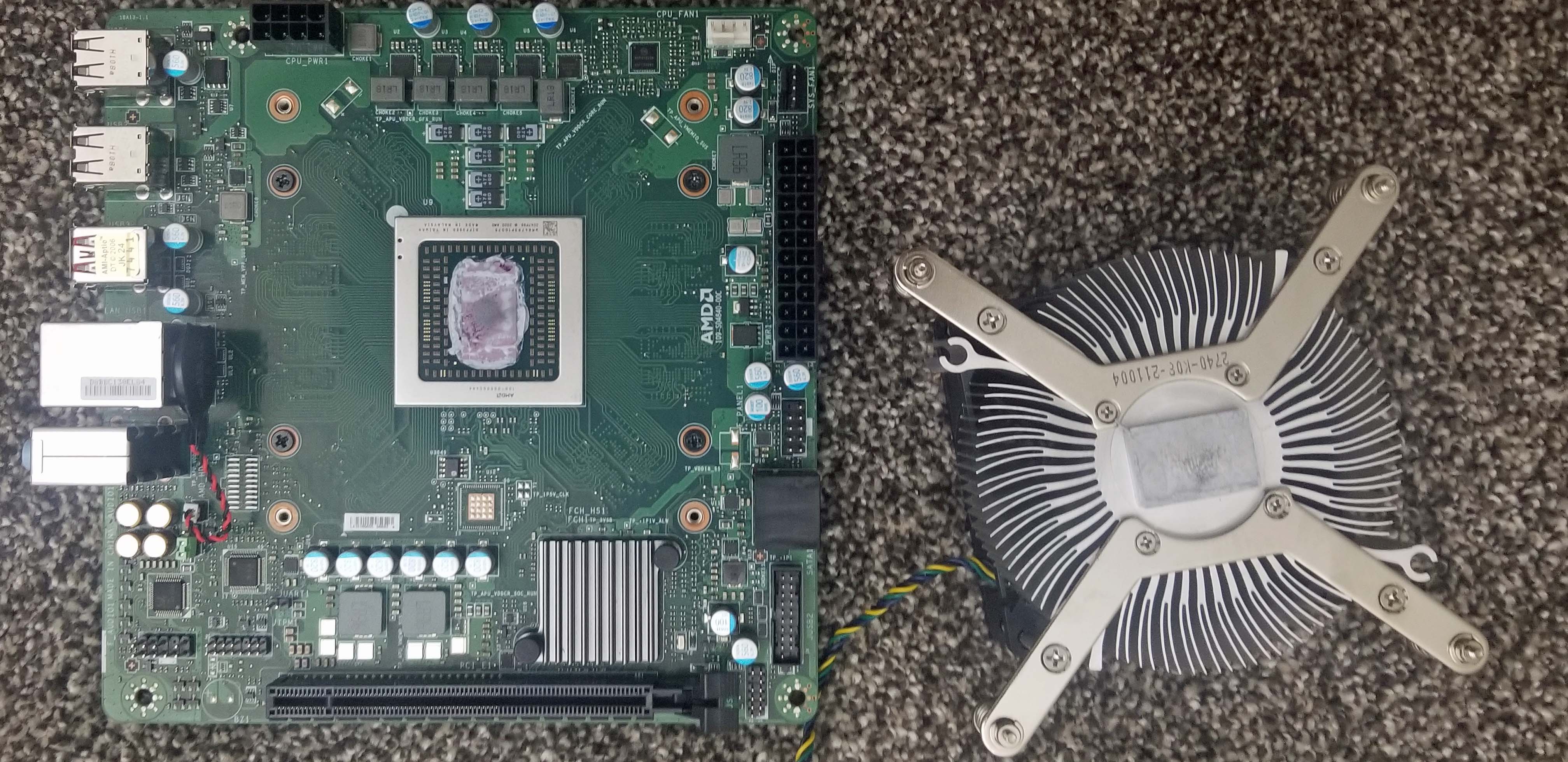
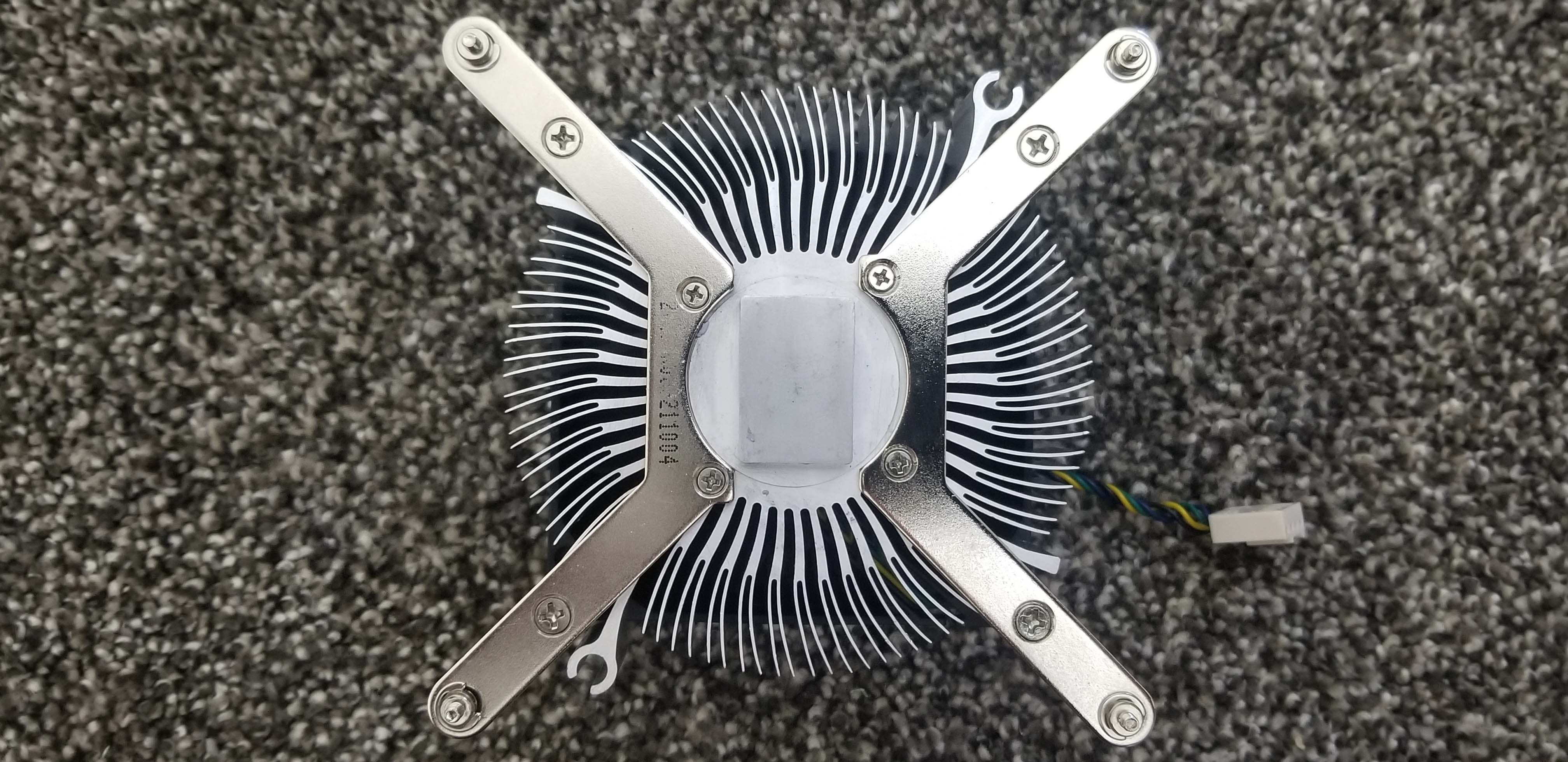
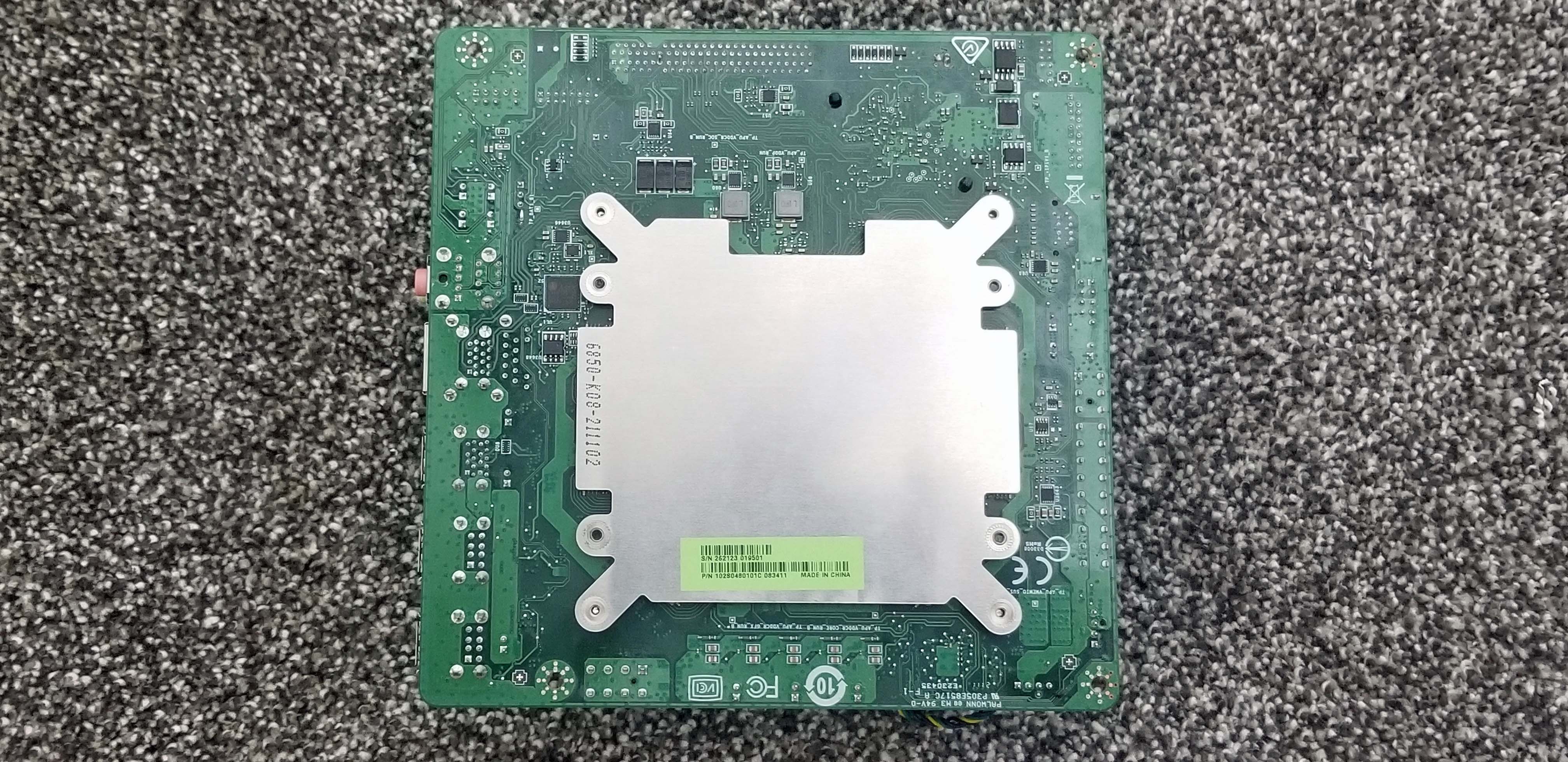
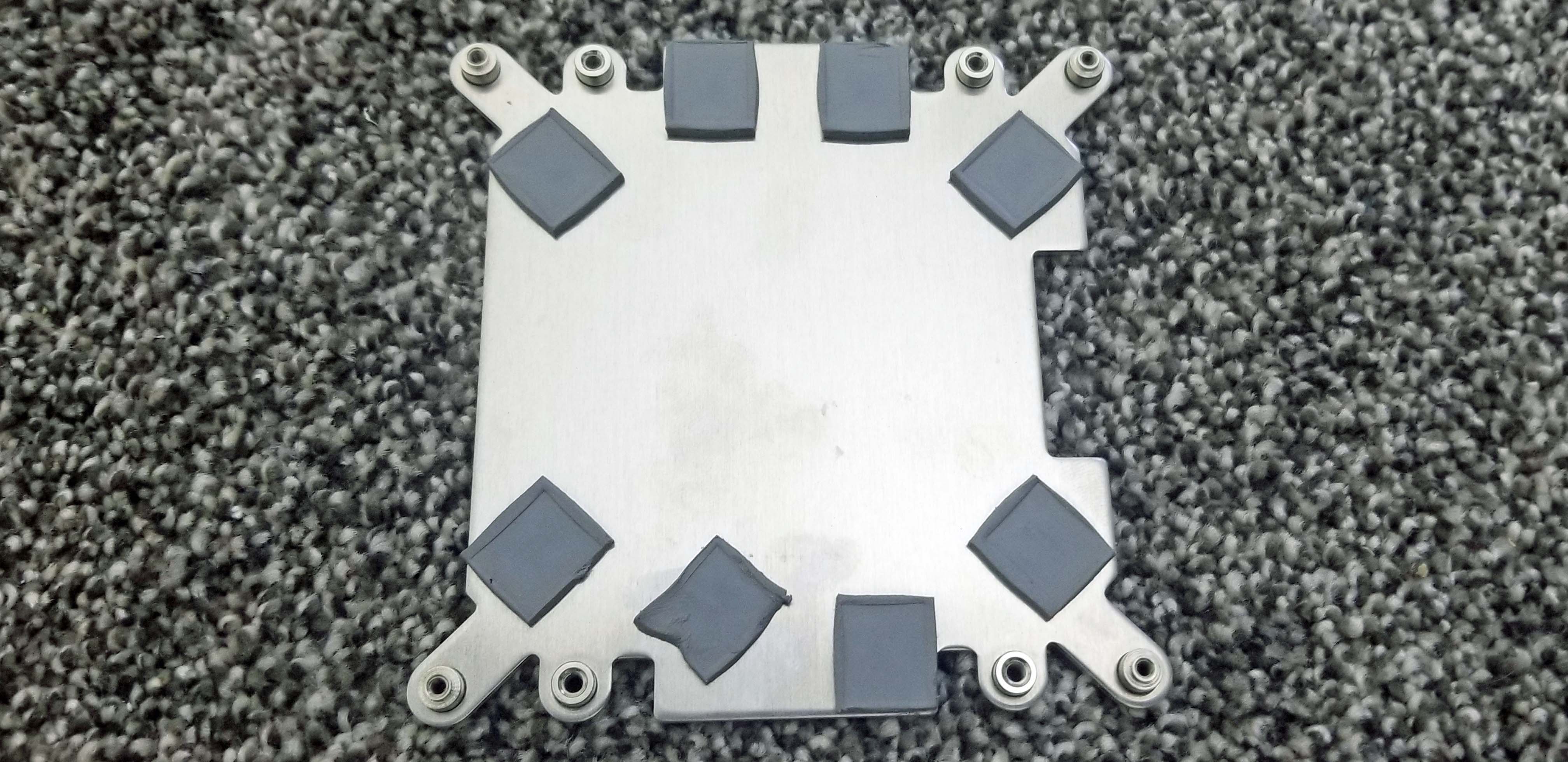
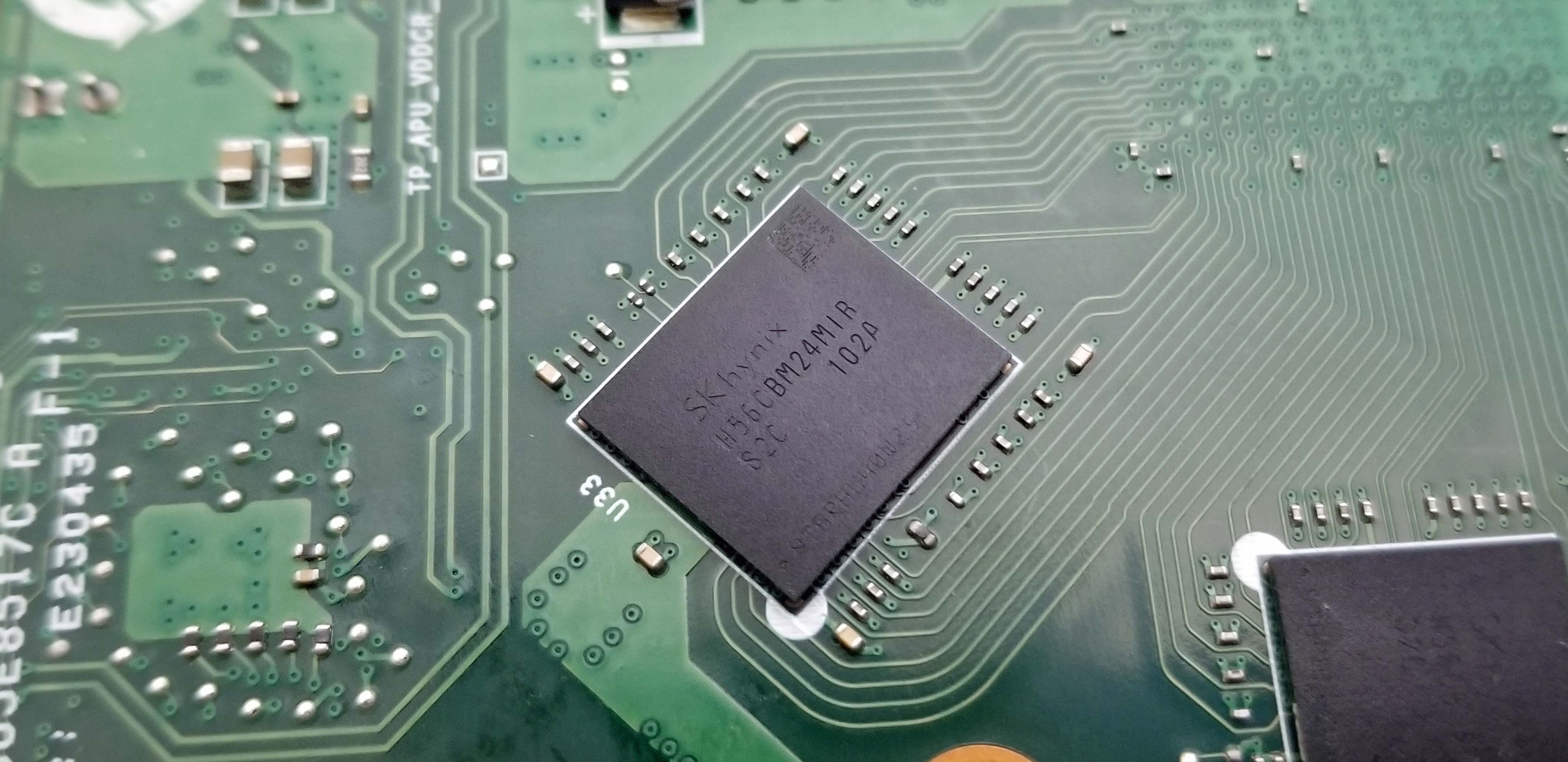
Here we can see the AMD 4700S eight-core chip with the cooler stripped off the top. Unfortunately, the chip doesn't have any identifying markings that we're accustomed to seeing (it almost looks as if they've been sanded off of the very center of the die). However, we do see a 100-000000466 product number on the silver casing around the chip.
The system BIOS is extremely limited — there are very few configurable parameters. That includes no controls for the axial fan on the cheap aluminum heatsink, it's clearly not among the best CPU coolers, and the 80mm fan is an obnoxiously loud affair that jumps to full speed during even the lightest of workloads.
The stock cooler uses a custom mounting bracket and hole alignment, so it isn't compatible with off-the-shelf cooling solutions like we see with the AM4 ecosystem. The odd mounting alignment is obviously to avoid interfering with the traces for the GDDR6 memory (on the rear of the board, you can see those traces radiating from the 4700S chip to the memory packages), but it leaves no clear way to step up to a better cooler. Instead, your best option would be to swap out the fan for a quieter model. AMD uses a standard TIM with the cooler, but even swapping to higher-quality variants didn't improve performance. Make no mistake, this fan and cooler are unsuitable — even judging by Intel stock cooler standards. We'll take a look at how that impacts temperatures below.
The DRAM slots are conspicuously absent, but we find their GDDR6 replacements on the bottom of the motherboard underneath a large, thick metal shroud that dissipates heat from the modules via thermal pads. Eight 1.75 GHz 16Gb SK Hynix H56CBM24MIR-S2C chips, for a total of 16GB, operate at 1.35V. We have throughput and latency testing below.
The board's 'Bolton-E4' A77E Fusion Controller Hub (FHC), which connects to the chip via a PCIe 2.0 x4 interface, resides under the small heatsink adjacent to the processor. You can download the chipset, LAN, audio driver, and BIOS from AMD's website.
- MORE: Best CPUs for Gaming
- MORE: CPU Benchmark Hierarchy
- MORE: AMD vs Intel
- MORE: All CPUs Content
Current page: Inside the AMD Ryzen 4700S Desktop Kit System
Prev Page Resurrected Silicon Next Page AMD 4700S Desktop Kit Test Setup, Boost Clocks, Thermals, Power
Paul Alcorn is the Managing Editor: News and Emerging Tech for Tom's Hardware US. He also writes news and reviews on CPUs, storage, and enterprise hardware.